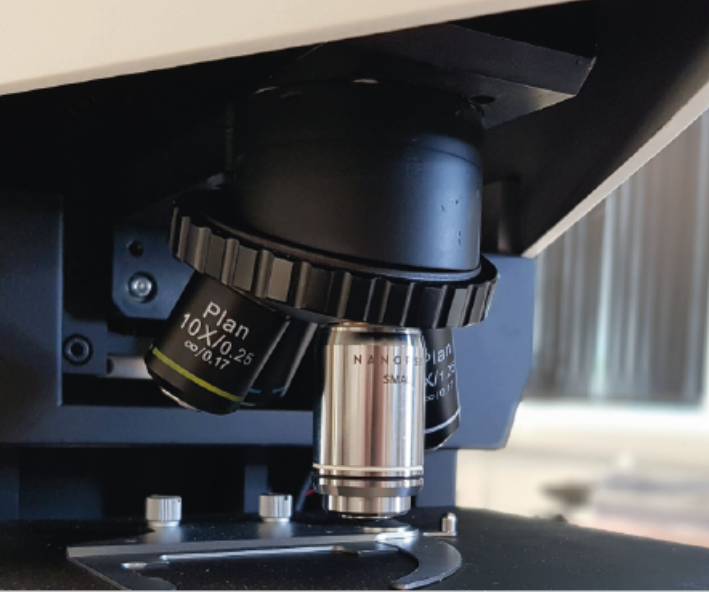The developer of super-resolution microscope technology, LIG Nanowise, has completed £2.6m in seed funding after launching its Nanopsis M advanced microscope last year

LIG Nanowise raises £2.6m for its Nanopsis M microscope
Medical technology firm LIG Nanowise has raised £2.6m in investment after developing the world’s first super-resolution microscope technology.
The Manchester company released the Nanopsis M microscope in June 2017.
It’s capable of magnifying tiny particles, known as microspheres, with four-times the power of conventional lenses.
LIG Nanowise general manager Alex Sheppard said: “Since inception, we have made rapid progress in applying our patented, super-resolution microsphere lenses to practical problems facing industry and academia.
“The support of Phoenix Bridge and our other new investors will allow us to expand our international distribution network, deliver more system orders, and further increase the efficiency of our manufacturing pipeline.”
The imaging technique, which relies solely on nanotechnology, was produced by Professor Lin Li and Dr Wei Guo, academics at the University of Manchester.
The development of the device now means it’s possible to view the structure of viruses and other nanoscale objects.
The specialist technology can also transform light microscopes into ultra-high-resolution systems for the first time using the lenses.
It can be used to identify objects smaller than 200 nanometres, such as advanced materials, semiconductors and metal alloys, in super-resolution.
LIG Nanowise: How will the £2.6m be used?
The financing for the microscope was led by Hong Kong-based venture capital investor Phoenix Bridge and other private backers.
The £2.6m raised will go towards growing the company’s manufacturing and international sales network, helping to bring its Nanopsis M microscope to new prospects across the medical industry.
Part of the money will also be used to fund the ongoing research and development efforts in multiple sectors, as well as furthering the expansion of the tech company’s nano patterning system.
Mr Sheppard added: “We will dedicate a proportion of this funding towards pursuing a number of additional applications for the future.
“We aim to make microsphere lenses a platform technology that can augment a wide spectrum of optical instrumentation, manufacturing equipment, and photonics devices.”
LIG Nanowise uses SMAL technology for its advanced microscope
The patented super-resolution microsphere amplifying lens (SMAL) technology the Nanopsis M reveals the nanoscopic world in ways it hasn’t before.
The system has many advantages. The detailed imaging is important for researchers working in the medical drug industry, virology and oncology departments.
It also means there’s less risk of damaging any samples when using it for biological and medical applications, as the optical lense doesn’t have to touch the sample to get a clear view.
The Nanopsis M is worth about 20% of the international microscopy market, which is worth an estimated £4bn and could increase to £5bn by 2020.
LIG Nanowise chairman Professor Li said at the time of last year’s launch: “Researchers can use our microscopes to validate samples and carry out routine work in their own laboratory without having to waste valuable time booking into an imaging centre.
“This is because unlike other super-resolution technologies, which require a huge amount of expertise, our Nanopsis nanoscopes can be used by anyone with basic undergraduate scientific training – making it fast, convenient and highly cost effective.
“Equally important is the fact that these reliable, repeatable imaging results are delivered at the frontline of research, rather than part of a disjointed process in an inaccessible centre.
“Our aim is to make super-resolution imaging more accessible to researchers across the globe.”


